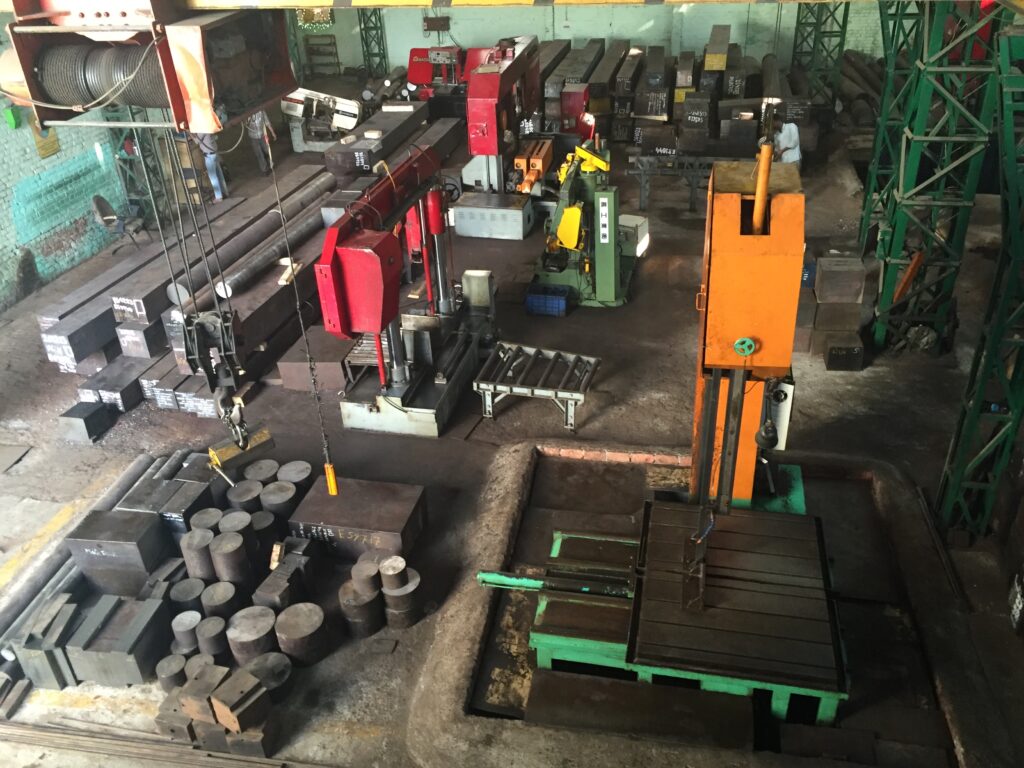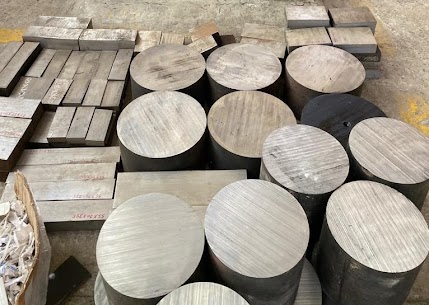Cold work steel, also known as cold work tool steel, is a type of steel specifically designed for use in applications that involve forming, cutting, and shaping materials at room temperature or lower temperatures. Unlike hot work steels, which are designed for high-temperature applications, cold work steels are optimized for working with materials at lower temperatures.
Cold work steels are characterized by their high hardness, wear resistance, and toughness. They are capable of withstanding the mechanical stresses and abrasion encountered during cold working processes such as cold rolling, cold forging, blanking, and shearing. These steels retain their hardness and strength even when subjected to repeated impact and pressure.
To achieve the desired properties, cold work steels are often alloyed with elements such as tungsten, molybdenum, vanadium, and chromium. These alloying elements contribute to increased hardness, wear resistance, and strength. The steels are typically heat treated to further enhance their mechanical properties.
Cold work steels are commonly used to manufacture a variety of tools and dies, including cutting tools, punches, dies, and molds. They are particularly well-suited for applications that involve working with metals, plastics, and other materials at room temperature or lower temperatures.
Overall, cold work steels provide excellent durability and performance in cold working operations, allowing for efficient and precise shaping and forming of materials.




